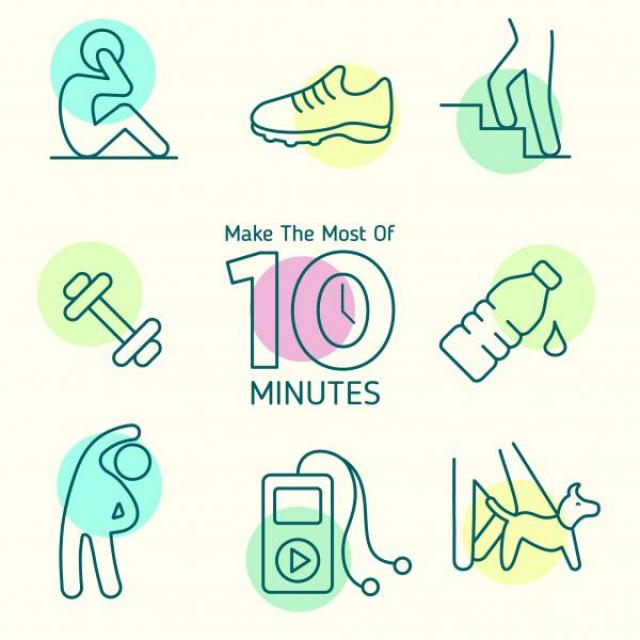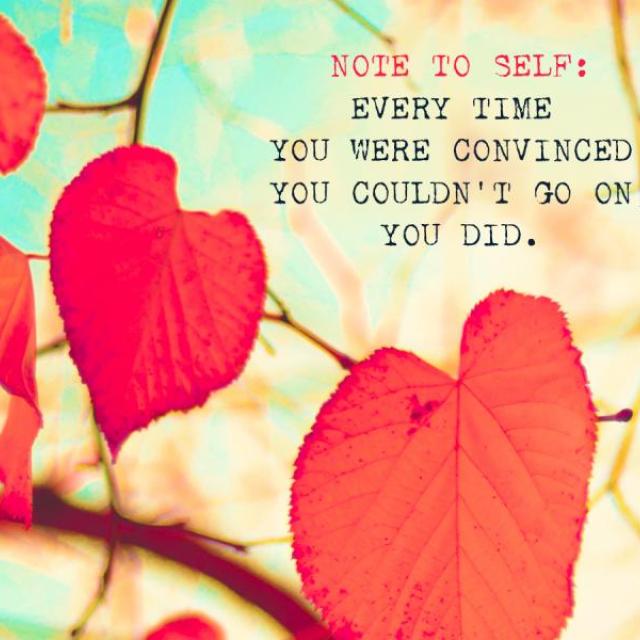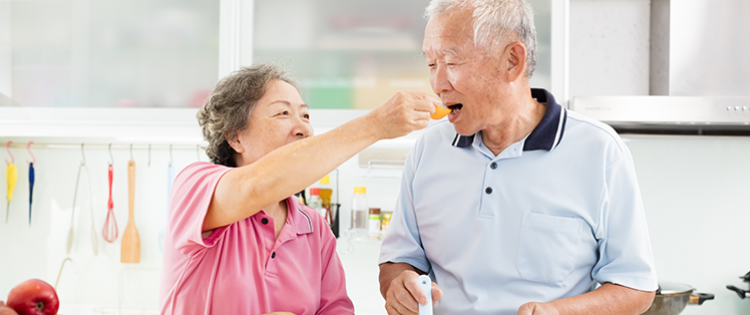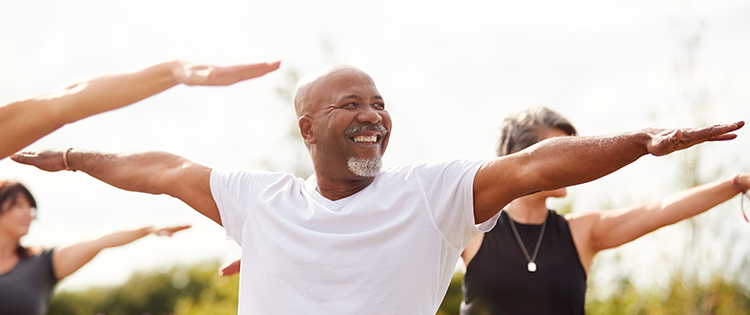Exercise is an important part of a healthy lifestyle, but it can also help you fight cravings and bad moods after you quit smoking. Learn more about the benefits of being active and how to start an exercise routine.
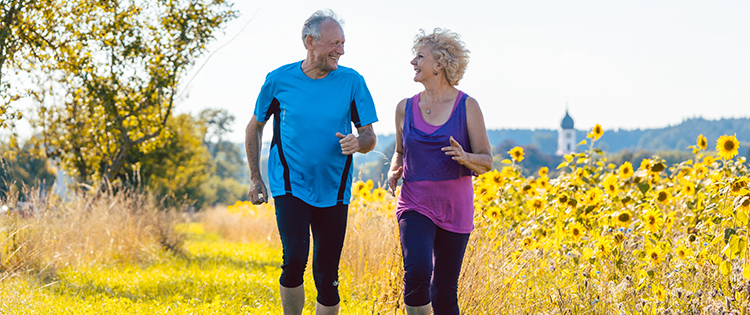
Health Benefits of Exercising
No matter how old you are, regular physical activity can help you look younger and stay more fit than people who aren't active. Regular exercise can also be good medicine in your fight to stay off cigarettes. You will sleep better, be less likely to gain weight, and have more energy.
Physical activity also helps to:
- Reduce high blood pressure
- Reduce the risk for type 2 diabetes, heart attack, stroke, and several forms of cancer
- Reduce arthritis pain and related disability
- Reduce the risk for brittle bones and falls
- Reduce feelings of depression and anxiety.
Should I talk with my health care provider before doing physical activity?
Most people don't need to check with their health care provider before doing physical activity. However, you may want to talk with your health care provider if you aren't used to energetic activity, and you want to start a vigorous exercise program or significantly increase your physical activity. Ask your health care provider how physical activity can help you, whether you should avoid certain activities, and how to modify exercises to fit your situation.
If you already have a fitness routine, keep it up! If you haven't started one yet, here are five steps to help you kick-start your new exercise routine.
Five steps to help kick-start your new exercise routine:
- Start moving. Go for a walk. Walking is great for people of any age. It builds fitness, burns calories, and keeps your muscles and bones strong. Even small amounts of exercise can boost your health and your ability to quit smoking.
- Try smaller goals first. Starting with smaller goals can help you gain the confidence you need to develop an exercise routine you can stick with. Try going for a 10-minute walk 2 or 3 days a week or doing 3 or 4 strength-training exercises 1 day a week. As you reach your goals and you feel stronger, you can set new goals.
- Alternate and try new activities. Alternate your workout routine by doing strength training exercises one day and cardiovascular exercises another day. Or try out new ways of exercising that sound like fun—like finding a new hiking trail or checking out a water aerobics class. Invite a friend to join you. Mixing up your workouts allows your muscles to recover in between and keeps it fun!
- Routine and consistency will help you stick with it. Plan ahead! It's easy for exercise to take a back seat when you have so many other demands on your time and energy. Whether you like to exercise at the same time of the day or on the same days of the week, or find that you need to be more flexible to fit exercise into your life, having a weekly plan will help you stick with it.
- Track your activity. Write down your physical activity goals and track your progress. Sites such as Go4Life, and other tools like pedometers and phone apps can help you keep track of your physical activity.
Go4Life, a product of the National Institute on Aging, is designed to increase physical fitness in older adults. It is particularly well suited for:
- Adults with limited endurance, strength, flexibility, or balance
- Adults with limited mobility
- Adults with health problems
